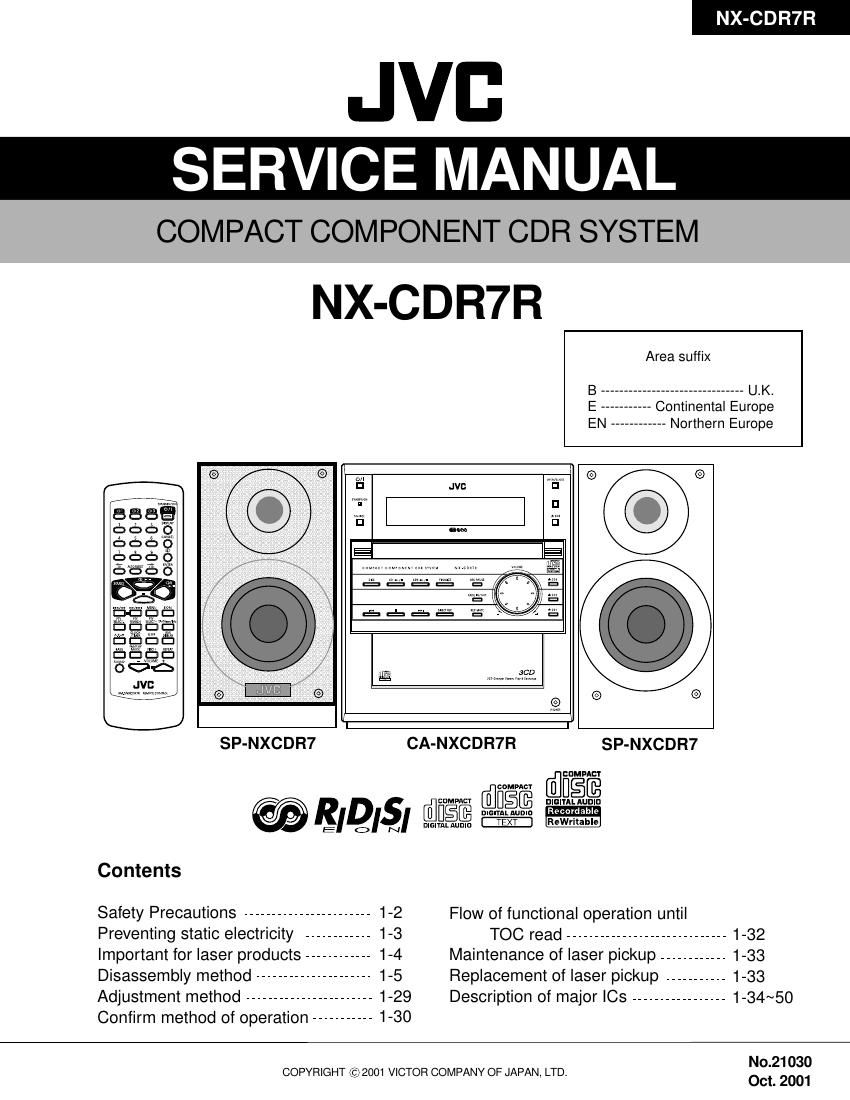Jvc NXCDR 7 R Service Manual
This is the 88 pages manual for Jvc NXCDR 7 R Service Manual.
Read or download the pdf for free. If you want to contribute, please upload pdfs to audioservicemanuals.wetransfer.com.
Page: 1 / 88
